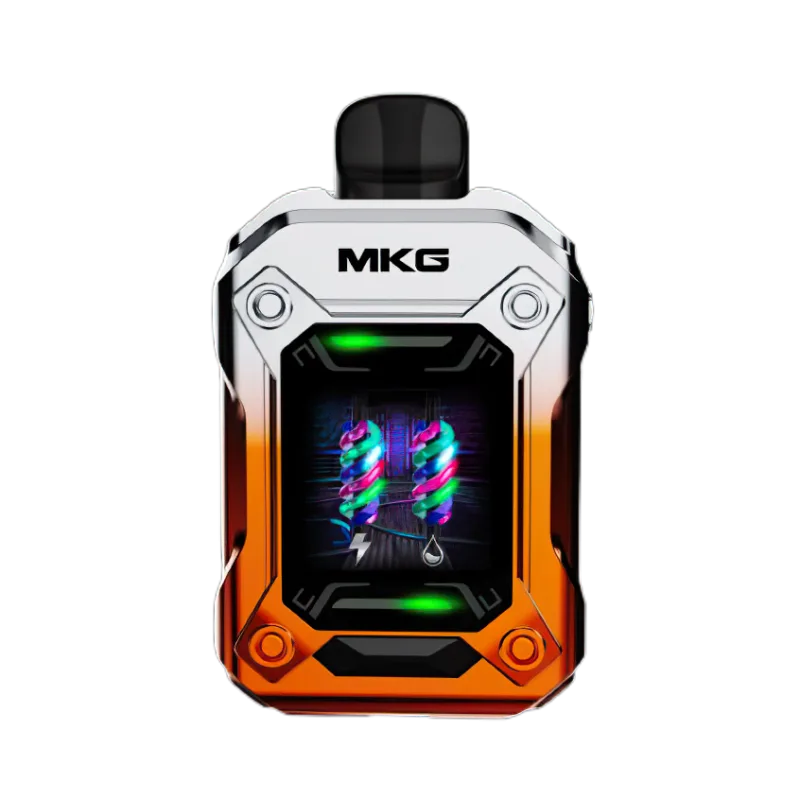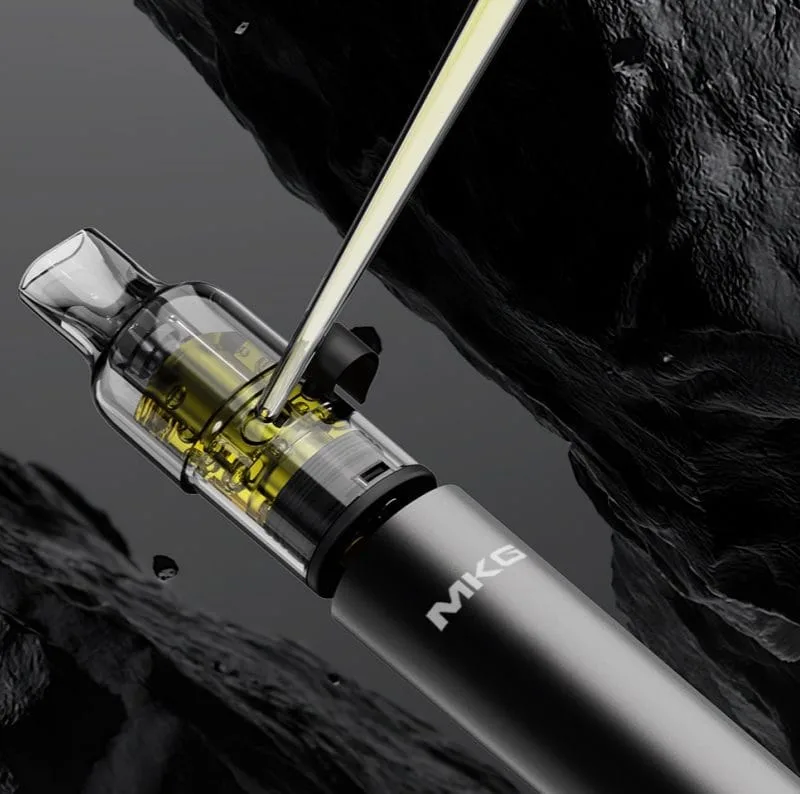Background
E-cigarettes originated in China, but are popular in Europe, America and the Middle East. In recent years, Chinese consumers have become more health conscious, and e-cigarettes are being recognized by Chinese consumers instead of cigarettes. As a substitute for cigarettes, electronic cigarettes, as well as the advantages of “sucking” and flavoring, are becoming more and more popular all over the world.
However, as a new product, electronic cigarettes face many uncertainties, such as the non-convergence of the concept and evaluation of electronic cigarettes, the non-uniformity of product standards, and the non-standardization of electronic cigarette behavior. All these need to be clarified, unified and standardized .
一.Definition of E-Cigarette
1. The concept of electronic cigarettes
E-cigarette is an electronic product that turns nicotine-containing e-liquid into vapor by means of atomization and other means.
Q: Are e-cigarettes cigarettes?
A: E-cigarettes smoke oil and exhale mist. Except for the possibility of nicotine, it is a completely different category from cigarettes.
2. The structure of the electronic cigarette
The mainstream e-cigarette is mainly composed of three parts: the smoke pipe (also called atomizer, atomization chamber, and cartridge) containing the e-liquid, the evaporation device and the battery.
3. Classification of electronic cigarettes
1). According to the classification of e-liquid devices, it can be divided into pre-filling type and oil-filling type:
· Pre-filling e-cigarette: E-liquid and atomizer are integrated, disposable and portable. Generally, the integrated atomizer that is pre-filled with oil is also called a pod.
· Refillable e-cigarette: The atomizer can be used repeatedly, and different brands of e-liquid can be selected.
2). According to the classification of tobacco rods, it can be divided into mechanical type and electronic type:
· Mechanical type: There is no control chip in the device, which has a long life but is not easy to control.
Electronic type: There is a control chip in the cigarette rod, which can control voltage, power and temperature, but the life of the chip is limited.
3). Classified by power, it can be divided into low power type and high power type:
· Small vapes: generally sucked through the mouth, the atomizer and battery can be connected to start working, no need to start the button.
Big Smoke: It mainly uses 18650 type lithium battery, which is larger in size and has obvious characteristics of atomizer and rod.
4 ). E-cigarette oil
E-cigarette oil is mainly composed of three substances: nicotine, flavors and fragrances, and PG/VG.
The US Food and Drug Administration (FDA) defines PG as “generally safe for humans”. PG (Propylene Glycol) is the carrier of flavor, which can enhance the taste of e-liquid. After heating, a small amount of mist will be produced, with a certain throat hit feeling.
Like PG, VG (vegetable glycerin or glycerol) is also a very widely used raw material in daily life. The main role of VG in e-liquid is to be responsible for the generation of “fog”.
Spices and flavors are generally food-grade and have basically no effect on the human body.
5). What are the effects of electronic cigarettes on people?
1. What is the impact on people who smoke electronic cigarettes?
The main influencing substance is nicotine. Nicotine is an addictive substance that may increase heart rate and blood pressure; ingestion of large doses (above 50mg) in a short period of time can cause vomiting and nausea; but regular e-liquid will control the dose of nicotine within a safe range, even without Nicotine has little effect on people.
Do e-cigarettes produce harmful substances? Since electronic cigarettes use physical atomization technology, no new substances and hazards will be produced. Generally speaking, the maximum temperature of mainstream e-cigarette equipment is 300-400°C, while the cracking reaction of organic matter requires a temperature of 700-800°C. It can be seen that compliant e-cigarette equipment does not produce harmful substances due to cracking reaction.
In contrast, cigarettes are much more harmful. When a cigarette burns, the temperature reaches 600~900°C, and many harmful substances will be produced in the case of incomplete combustion, such as aromatic amines (carcinogenic), fused-ring aromatic hydrocarbons (carcinogenic), heterocyclic amines (carcinogenic), metals (carcinogenic, DNA damage), radioactive substances (carcinogenic), the mixture of which is tobacco tar. According to WHO official data, there are more than 4,000 chemicals in tobacco smoke, among which there are at least 250 known harmful substances and more than 50 known carcinogens. [1]
In 2012, in an experiment by Lauterbach [2] et al., the release of aerosol chemical components in mainstream smoke of e-cigarettes and cigarettes was compared.
Among them, the harmful substances released by electronic cigarettes are much lower than those of cigarettes, formaldehyde is 8.6% of cigarettes, and the release of many other harmful components is 98% less than that of traditional cigarettes. The NHS (UK National Health Service) once issued a document stating that e-cigarettes are 95% less harmful than cigarettes.
[1] WHO Open Tobacco Fact Sheet.
[2] Lauterbach J H,Laugesen M and Ross J D. Suggested protocol for estimation of harmful andpotentially harmful constituents in mainstream aerosols generated by electronicnicotine delivery systems[R]. Poster 1860 presented at the 51st annual meetingof the Society of Toxicology in San Francisco, 2012.
* Further reading *
Q: E-cigarettes are banned in Hong Kong and some countries. Is it because they are harmful to the human body?
A: E-cigarettes are banned in some countries and regions, mainly due to policy factors. For example, Hong Kong recently proposed to ban e-cigarettes, the most important reason is to protect the health of children and young people.
2. How does it affect those around you?
In terms of working principle, e-cigarettes are just atomized e-liquid, and will not produce second-hand smoke, and will not remain on clothes and other places; in terms of taste, e-cigarette e-liquid is generally simulated fruit, mint, cream, etc. No unpleasant smell of smoke.
Therefore, e-cigarettes can be considered to be basically harmless to the surrounding population.
In contrast, cigarettes are not only harmful to the health of smokers, but second-hand and third-hand smoke can also affect the people around smokers.
Q: What is third-hand smoke?
A: The National Laboratory under the U.S. Department of Energy found that “third-hand smoke” refers to tobacco residues left on furniture, cars, clothes, and even hair and skin after smokers “smoke”, containing more than 250 Chemical substances, such as heavy metals, carcinogens and even radiation substances. The stay time is as long as several months, and it may enter the human body through breathing, hand-mouth contact, skin contact and other channels, causing harm.
Q: Are there any problems with second-hand and third-hand smoke in e-cigarettes?
A: Cigarettes produce smoke (solid combustion turns into gas), while e-cigarettes produce vapor (liquid turns into gas). Therefore, the smoke is easy to remain in the air and remain on the skin, clothing and furniture, while the vapor of the electronic cigarette is easy to dissipate in the air without remaining.
6). Can e-cigarettes help quit smoking?
It is theoretically possible. It has been scientifically proven that what is really addictive in cigarettes is nicotine, not the most harmful tar and carbon monoxide. The reason why many people always fail to quit smoking with “perseverance” is because of the discomfort caused by sudden withdrawal of nicotine, which makes it easy to relapse.
E-cigarettes use low-temperature atomization to turn nicotine into water vapor. Because of the support of nicotine, it is easier to transition from traditional cigarettes to e-cigarettes, and there is no need to endure the discomfort after quitting smoking. Therefore, many people unknowingly reduce smoking. Cigarette frequency.
However, don’t expect smokers to quit smoking after using e-cigarettes, because smoking is a complex habit-formed behavior and “taste” dependence. Therefore, quitting smoking with e-cigarettes is a long process, and this In the process, the goal of “replacing cigarettes” should be carried out first–consciously replace cigarettes partially, and replace cigarettes with e-cigarettes on special occasions, and gradually develop the habit of using e-cigarettes in the long run.
At the same time, the concentration of nicotine content or whether it contains nicotine in electronic cigarettes can be adjusted and selected. Through the process of continuous reduction of nicotine content and the gradual replacement of cigarette taste by the “flavor” in electronic cigarettes, the goal of smoking cessation can be slowly achieved.
Q: Do you advocate replacing smoking instead of quitting smoking? Do you have no confidence in quitting smoking?
A: The aroma and taste of cigarettes have accompanied people for 500 years, and humans have long been accustomed to everything about it. What e-cigarettes should do is to gradually change people’s smoking habits with more convenient, more beautiful, and better-sucking e-cigarettes.
























